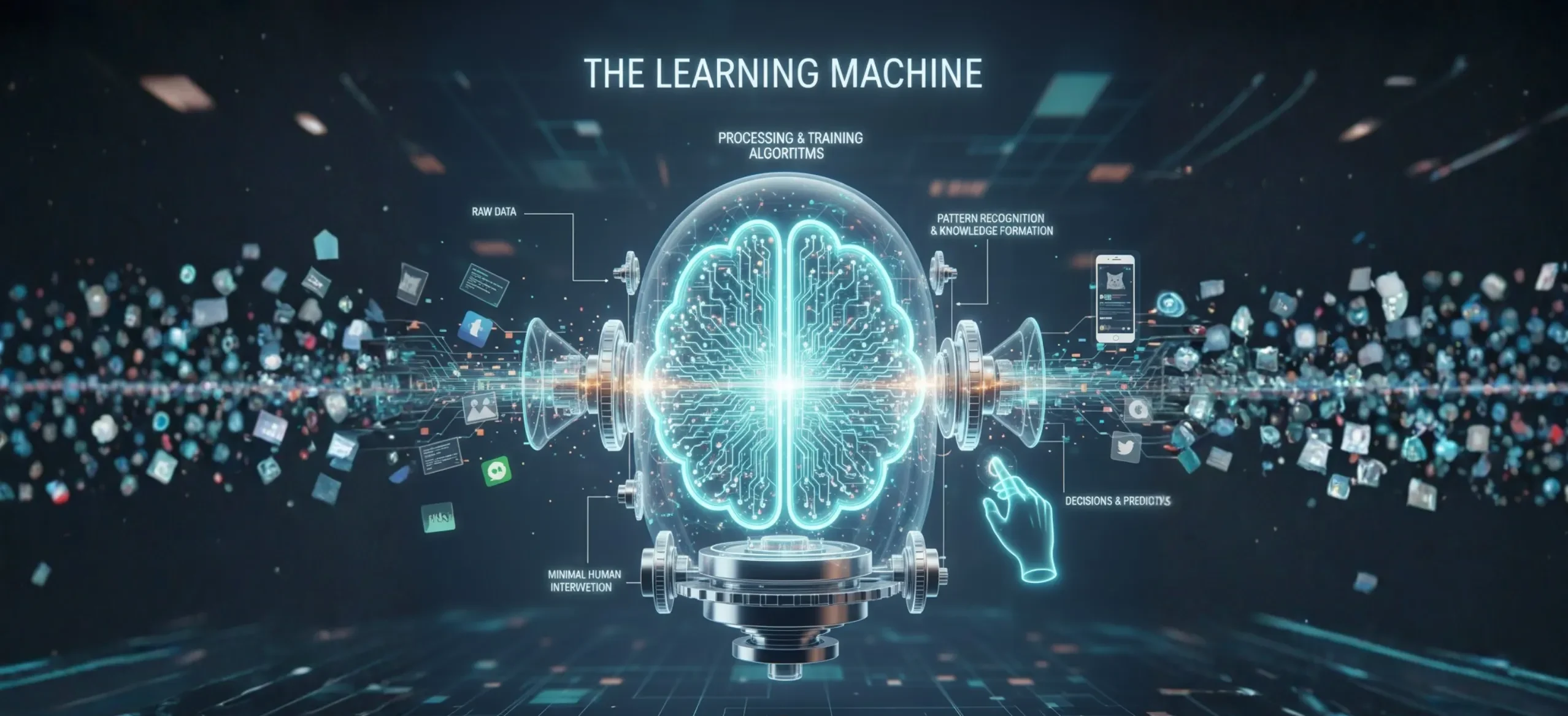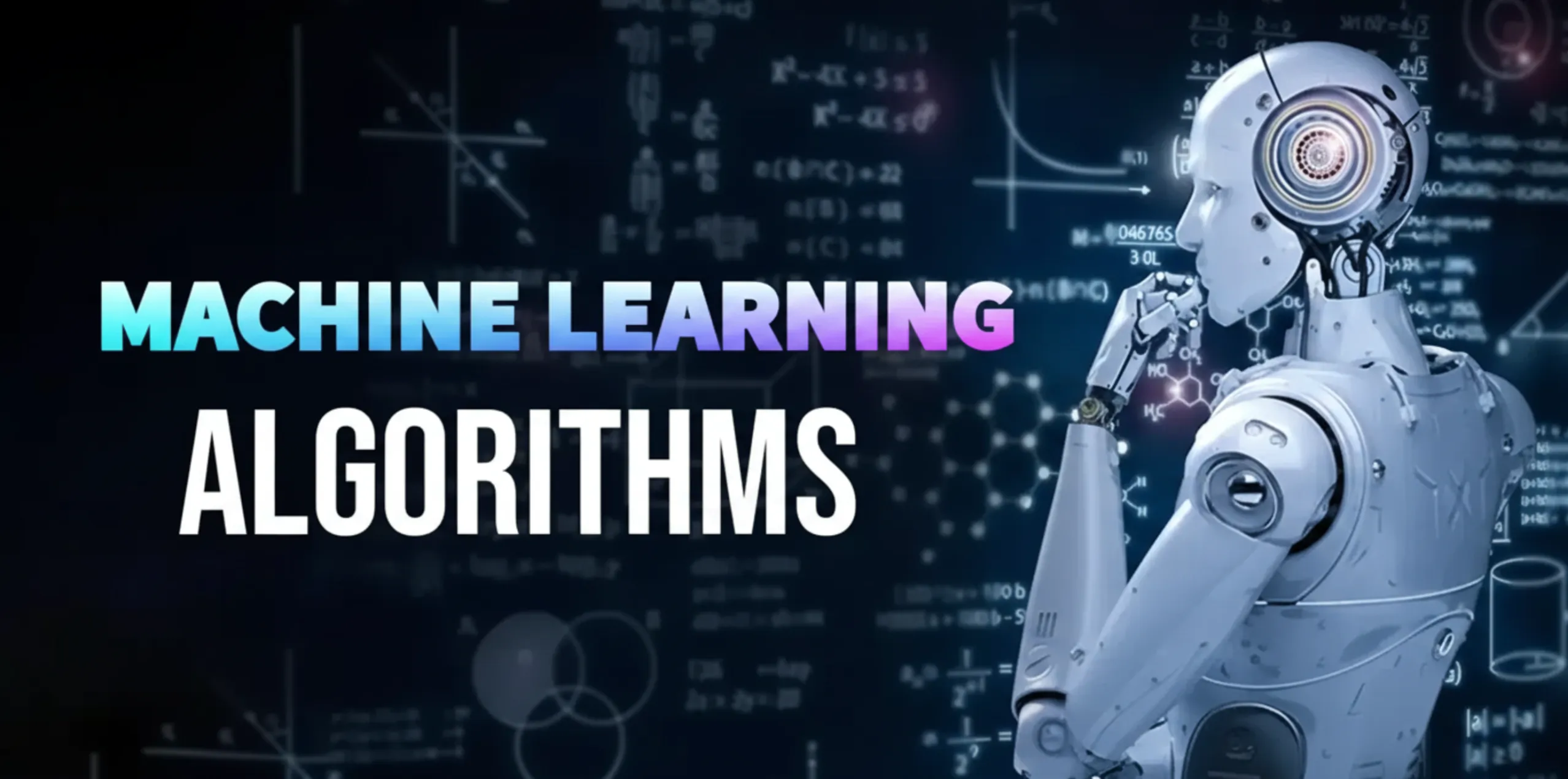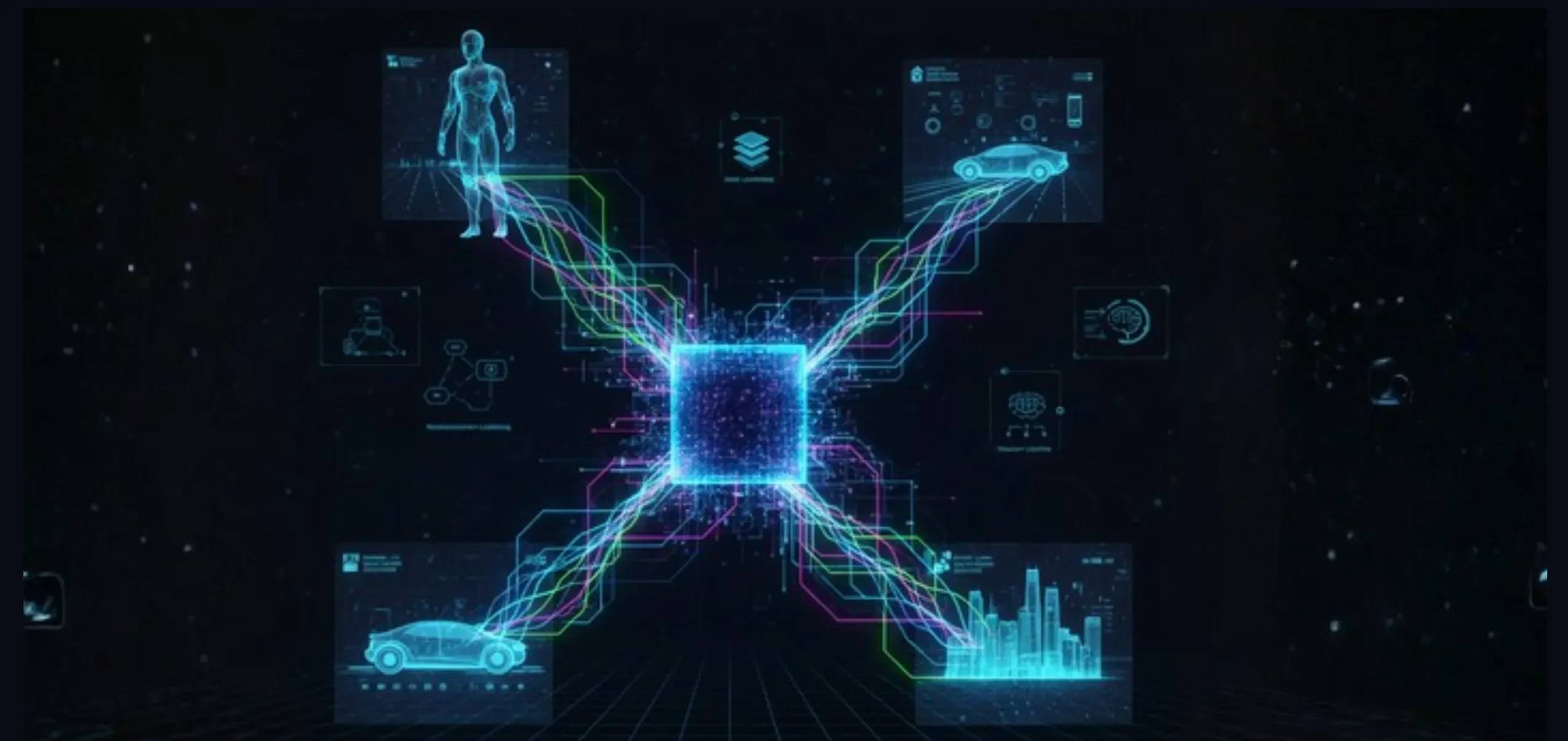Exploring Machine Learning: A Comprehensive Guide on Its Functioning

Do you ever wonder how your smartphone assistant seems to understand your commands, or how your social media feeds always appear to deliver the content you enjoy? These are just a few examples of how Machine Learning is becoming an integral part of our daily lives.
But what exactly is Machine Learning? How does it work and why is it becoming so vital? This guide will provide an insightful dive into Machine Learning, clearing up any misconceptions and explaining its unique functionalities.
A Brief Glance at the History of Machine Learning
Before we delve into what Machine Learning is, it’s crucial to take a quick look at its historical context. Although Machine Learning seems like a new, groundbreaking technology, it actually has its roots in the mid-20th century. The concept was born when computer programs were first created to mimic human problem-solving and decision-making traits.
It’s fascinating to note that Machine Learning’s explosive growth and influence really took off with the advent of the Internet and the subsequent exponential increase in data generation. Today, Machine Learning stands as a cornerstone of Artificial Intelligence (AI), profoundly impacting various sectors and applications, from personalized recommendation systems to autonomous vehicles.
Defining Machine Learning

On a fundamental level, Machine Learning is a subset of AI. The methodology involves feeding machines with a vast array of data, escaping traditional explicitly programmed rules, and instead, allowing them to independently learn and improve from their experiences.
Beneath this umbrella of Machine Learning lie three primary types:
- Supervised Learning
- Unsupervised Learning
- Reinforcement Learning
These different types represent unique approaches on how machines learn from data, each one having its specific applications and advantages.
Understanding How Machine Learning Works

Machine Learning algorithms are the heart of the learning process. They comprehend mathematical models that assist machines to learn from the data. Understanding these algorithms is akin to gaining insight into the machinery’s mind, delving into its learning process, which helps uncover how it establishes patterns and makes predictions from the data input.
The Impact of Machine Learning– Deep and Wide
Machine Learning is much more than a technological concept that governs advanced systems. It’s invisibly present almost everywhere around us. It’s subtly woven into our everyday life, simplifying tasks, enhancing experiences, and making information more accessible.
Across sectors, Machine Learning is revolutionizing operations. Healthcare, finance, and retail industries are witnessing significant transformations, with algorithms forecasting disease trends, managing credit scoring, and customizing customer experiences.
Future Trends in Machine Learning
As we march forward, the future of Machine Learning looks promising with advancements anticipated in specialized areas:
- deep learning (advanced neural networks)
- Reinforcement learning
- Transfer learning (re-using knowledge across tasks)
With the capacities of AI ever-increasing, Machine Learning is predicted to sit at the heart of major future technologies and innovations, driving developments in:
- AI and Robotics
- Internet of Things (IoT)
- Autonomous vehicles
- Smart cities

The Enormous Potential of Machine Learning
In conclusion, Machine Learning is a potent tool transforming our ability to process gigantic data volumes. It’s a technology that’s steering our world in a new direction. Embracing Machine Learning not only enables us to appreciate its potential but also allows us to leverage the opportunities it presents.
Frequently Asked Questions About Machine Learning
For a more nuanced understanding of Machine Learning, here are answers to some frequently asked questions:
- What’s the difference between AI and Machine Learning?
- AI (Artificial Intelligence) is the broad concept of machines being able to carry out tasks in a way that we would consider “smart.”
- ML (Machine Learning) is a subset of AI. It is a method for achieving AI, specifically by training a machine to learn from data rather than being explicitly programmed.
- How is Machine Learning applied in daily situations?
- It powers your personalized content recommendations on Netflix or Spotify.
- It enables spam filters in your email inbox.
- It underlies facial recognition used to unlock your smartphone.
- It drives predictive text and auto-correct features.
Yes AI
Tel. : 096-879-5445
LINE : @yeswebdesign
E-mail : info@yeswebdesignstudio.com
Address : 17th Floor, Wittayakit Building, Phayathai Rd, Wang Mai, Pathum Wan, Bangkok 10330
(BTS SIAM STATION)
